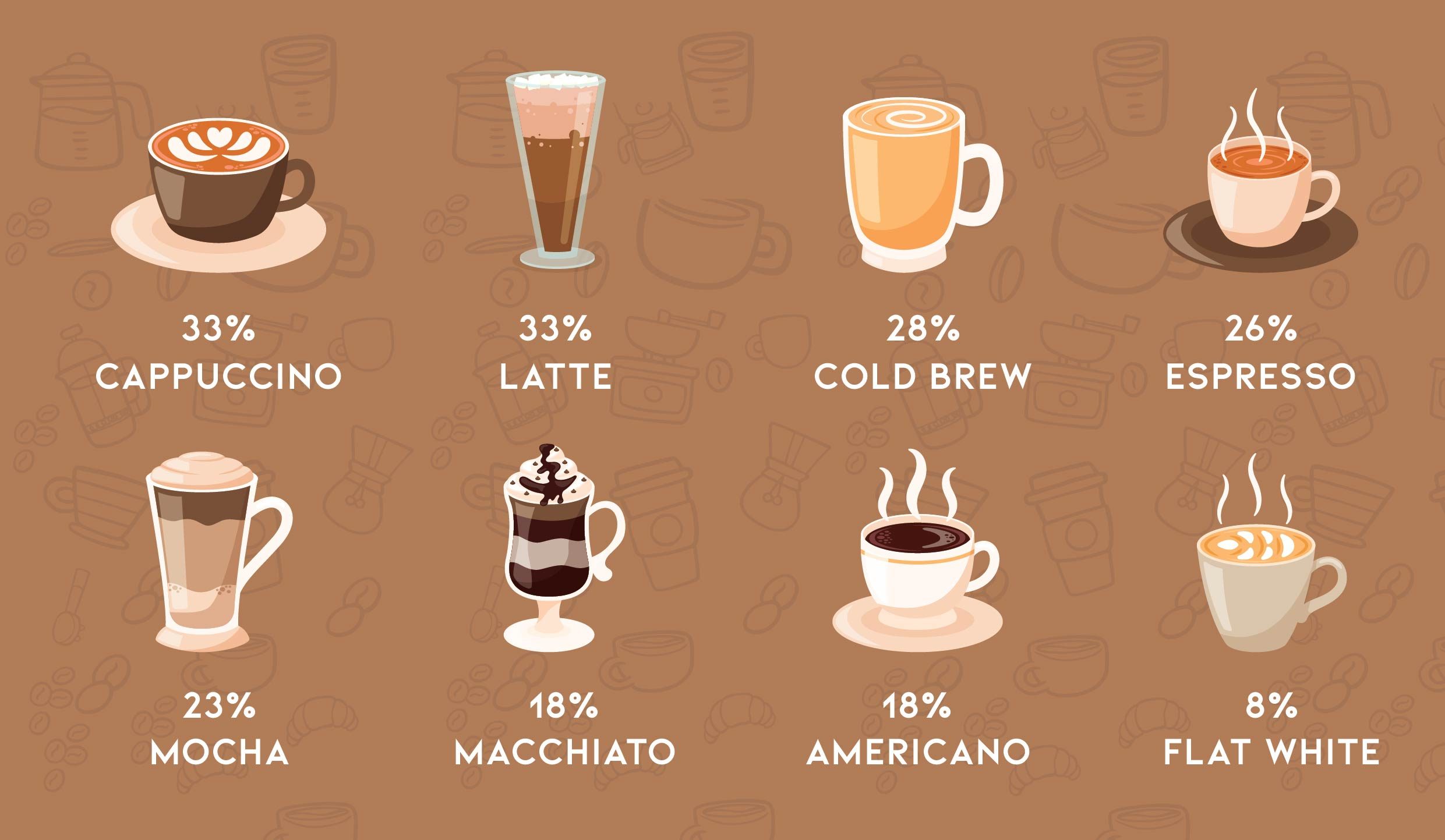

One bean weighs less than one gram, so it might cause confusion. They describe caffeine content in the average arabica bean as well as the content per 100g of beans. I'm not claiming that any of these brew parameters affect caffeine extraction specifically, but they might.įrom a language perspective, there might be some confusion about the description on.

Just like different brew parameters (temperature, grind size, pressure, etc.) can affect espresso flavor, they might also affect caffeine extraction. Regular coffee drinking increases physical dependency in the long term.

Can you be addicted to caffeine Coffee stimulates our nervous system and energizes us. One serving (1 piece) contains 100 mg caffeine, comparable to the caffeine in one cup of coffee. Usually, you will get 163mg of caffeine per 8 US fl oz of pour-over. The amount varies on the serving size of coffee drinks. And another variable that may affect caffeine extraction is the brewing process. Pour-over coffee contains 80-185 mg of caffeine. of caffeinated coffee (an average cup contains around 70150 mg caffeine) and by 6. Caffeine content can vary slightly per bean (that's why lists the average figures). Consumption of coffee, a rich source of caffeine, is observationally. Moreover, coffee beans easily extract almost all the caffeine. The reason is brewing process for coffee is longer, and more hot water is used. But a brewed cup of coffee has more caffeine than a brewed cup of tea which is 90 to 120 mg in coffee and 40 to 60 mg in tea. It should also be said that coffee isn't an exact science. Tea leaves have more caffeine (3.7) than unbrewed coffee beans (1.1-1.5). In that sense, espresso is just more concentrated, with respect to caffeine but it goes for other solubles (particles in the coffee bean which you extract into the coffee liquid) too. You might be brewing espresso with a brew ratio of 1:2 (15g of grounds to get 30g of liquid espresso) while 1:16 is a good ratio for filter coffee. On the other hand, to make 100g of espresso you would use much more coffee grounds than you would when brewing 100g of brewed coffee. That is because espresso is brewed under pressure, which allows more elements to be extracted from the coffee bean using less water. Caffeine extraction, for example differs based on the brew method.Īs the USDA links in the question show, 100g of espresso contains 212mg of caffeine while 100g of brewed coffee contains only 40mg of caffeine. When you extract liquid coffee from grounds you extract some, but not all elements. There are a number of things to consider regarding these numbers.įrom a coffee perspective, it's important to note the difference between caffeine in the bean and caffeine in the coffee drink brewed from those beans.


 0 kommentar(er)
0 kommentar(er)
